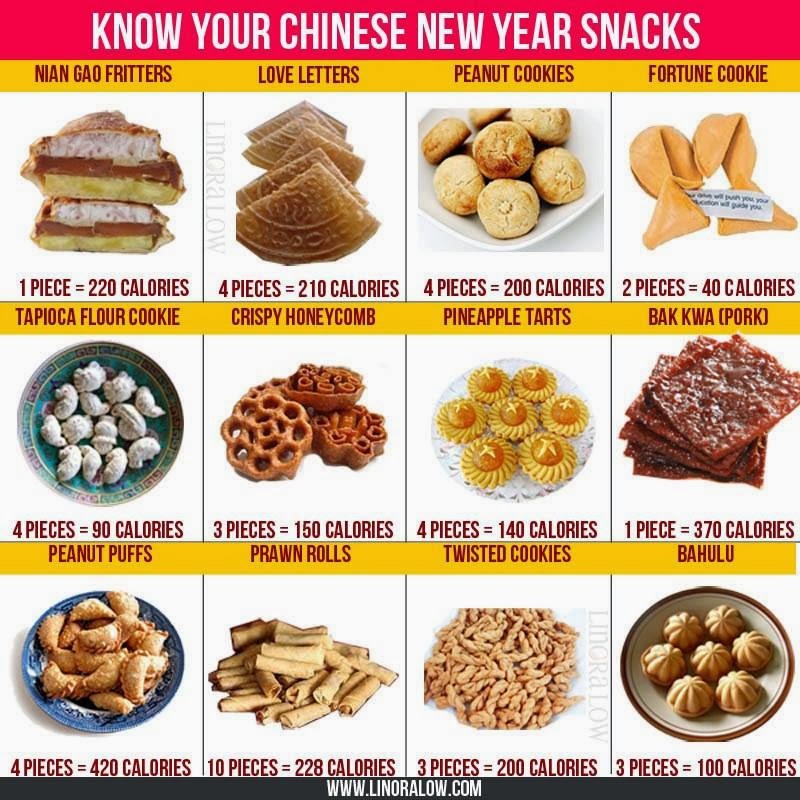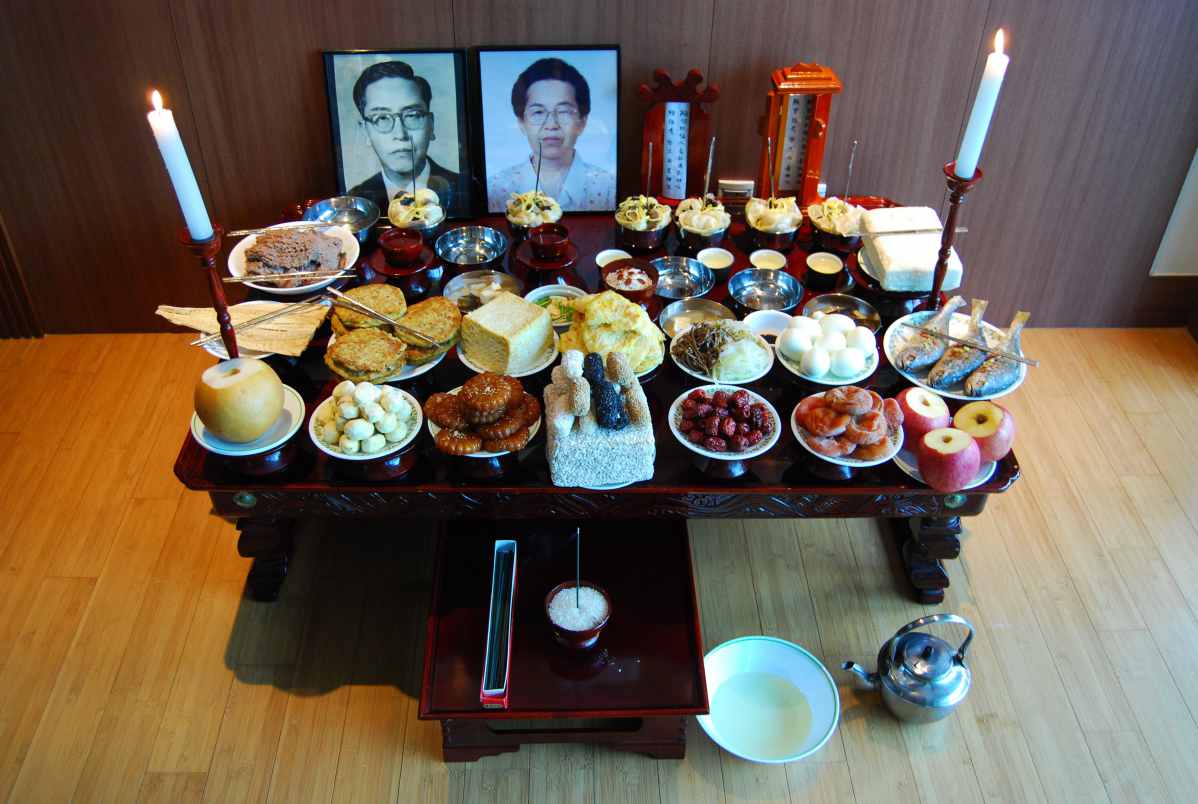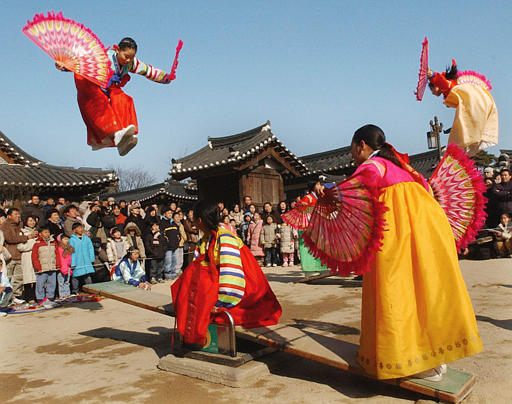

Some areas will omit the sliced ddeok and only have the dumplings.ĭdeok is a category of rice cakes made from glutinous rice flour. Manduguk is similar to tteokguk, but with dumplings. A common question heard on New Years is “how many bowls of tteokguk have you eaten?” It’s a fun way to guess someone’s age and joke about how many more bowls they will eat. Eating a bowl of tteokguk symbolizes growing a year older, along with good health and a long life. Tteokguk (ddukguk)is the most representative of Seollal dishes. The biggest part of Seollal is the food! The New Year’s feast consists of several dishes, but there are a few that are absolutely essential. Nowadays many Koreans also celebrate the Gregorian calendar New Year’s day on January 1st however, it is not as big of a celebration. It’s a public holiday in South Korea many businesses are closed during this time and paid leave is given so families can travel. Seollal’s celebration lasts for three days, starting the day before and ending the day after the Lunar New Year. The exact day of the lunar new year will vary from year to year. It is the first day of the second new moon after winter solstice. It’s celebrated not only to mark the passage into a new year, but it is also a time for families to catch up with each other, pay respect to ancestors and to feast! Korean Lunar New Year marks the first day of the lunar calendar. Seollal 설날 is the most celebrated holiday in South Korea. I looked forward to this holiday every year. We played games, exchanged gifts and feasted on delicious food.

Here I would see my many cousins, aunts and uncles. We would all travel to my grandparent’s home in a small village north of Seoul, near the 48th parallel.

My family in Korea would spend weeks preparing for the big event. Seollal, or Korean Lunar New Year, is a holiday I always looked forward to as a kid.


 0 kommentar(er)
0 kommentar(er)
